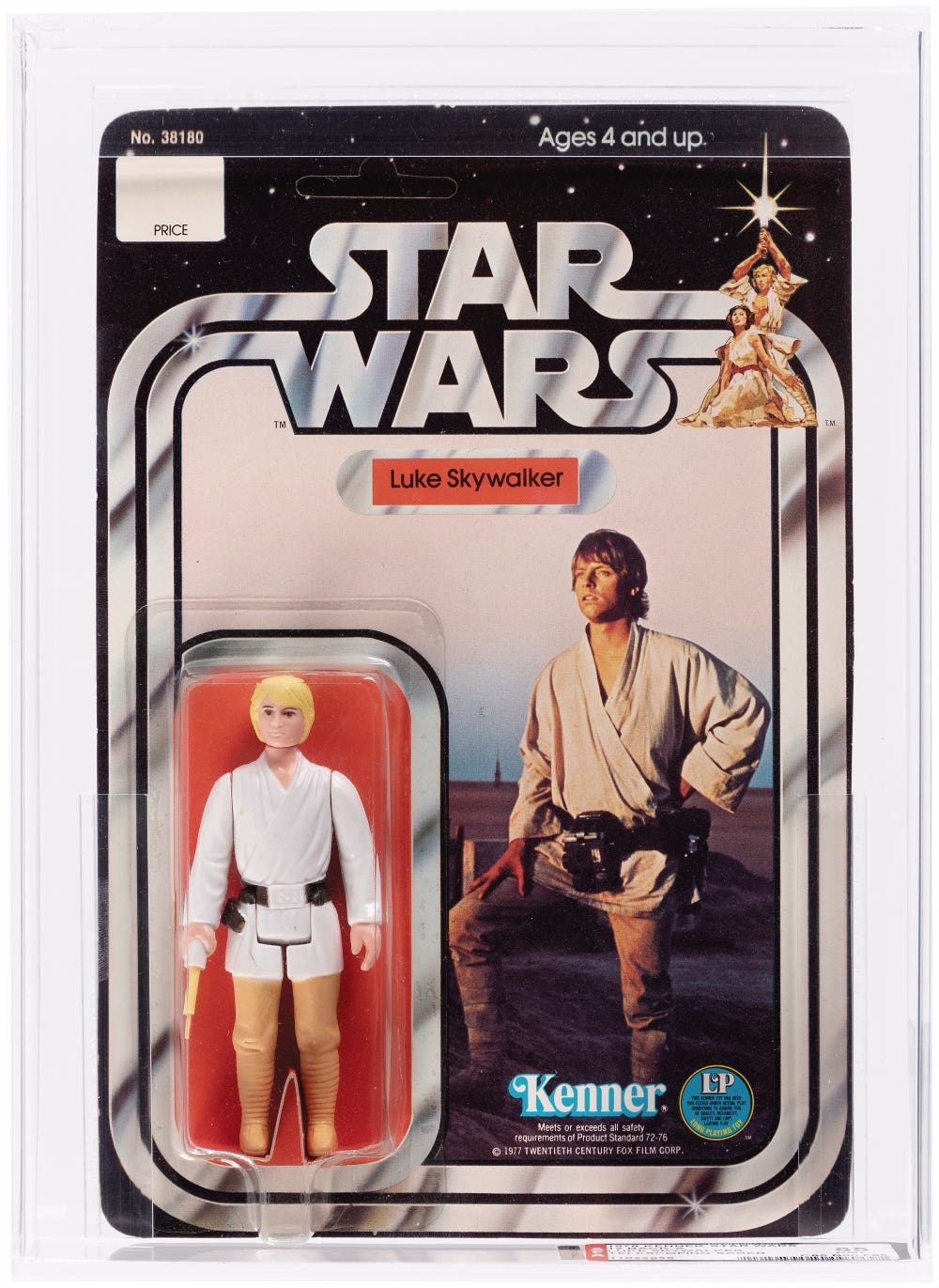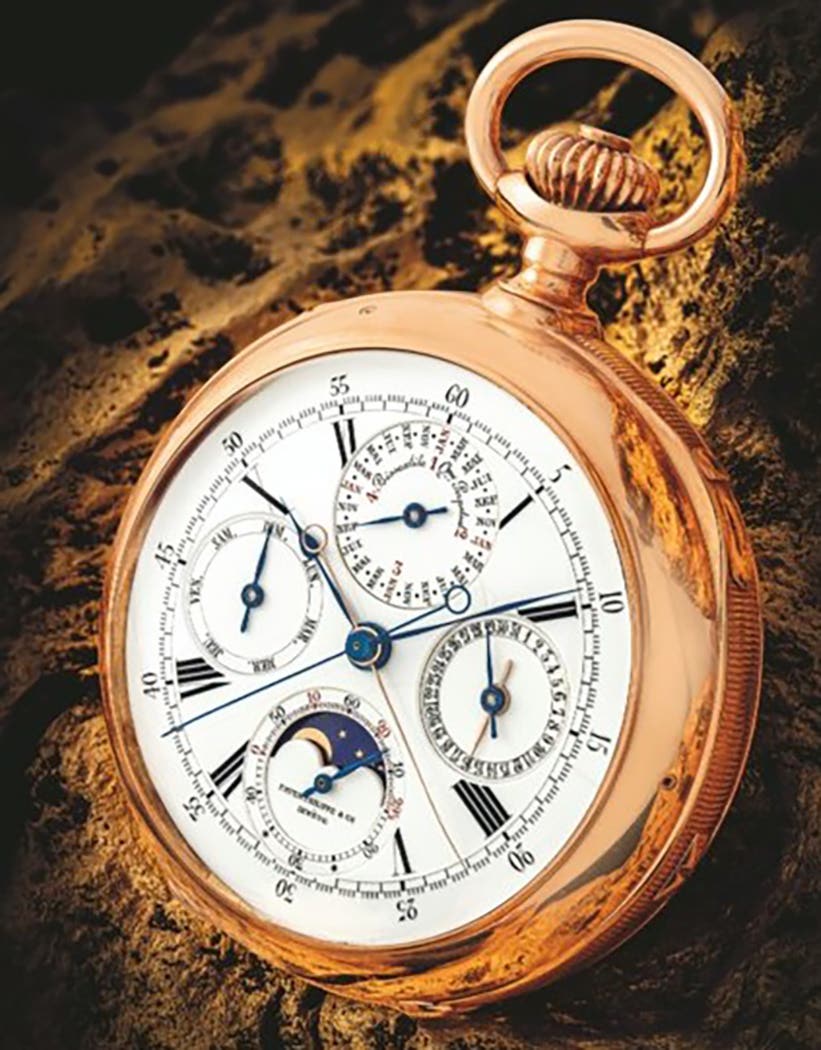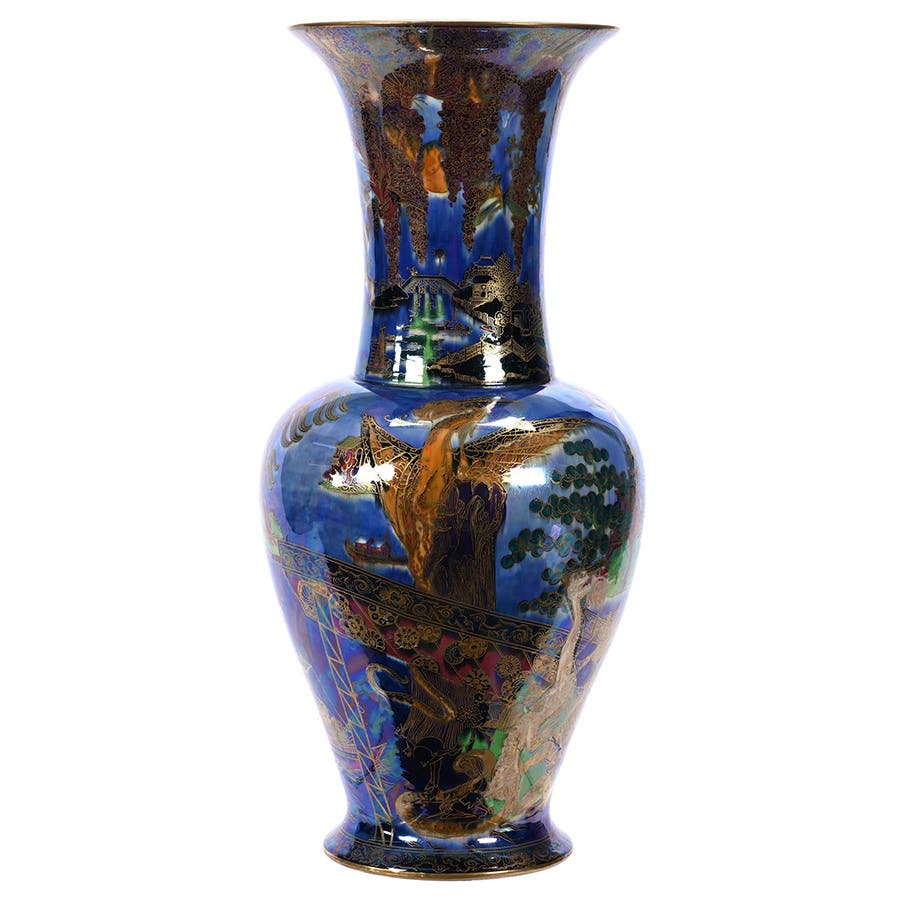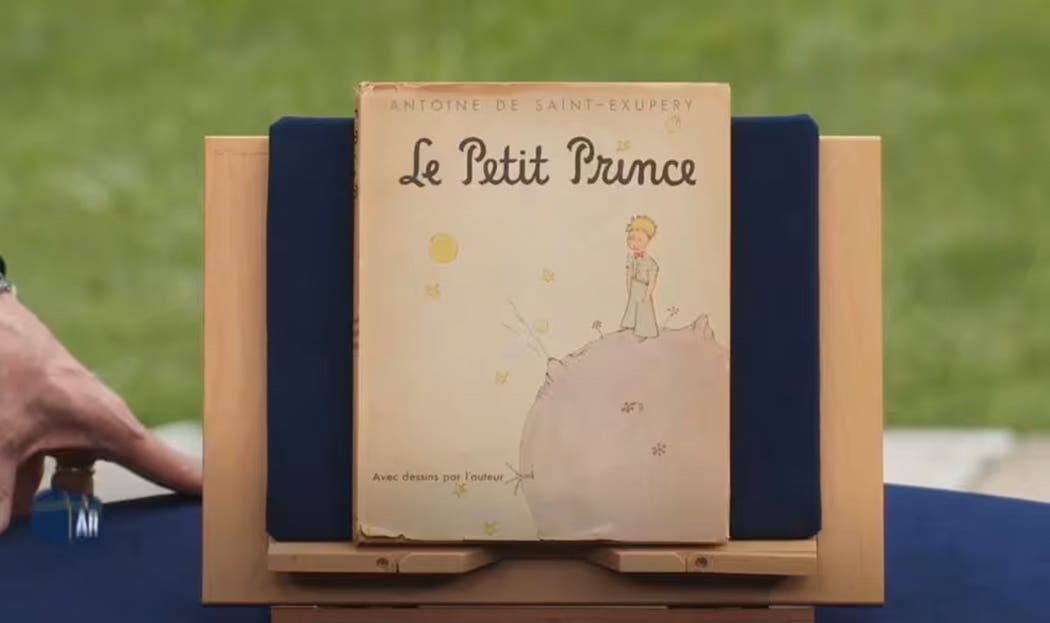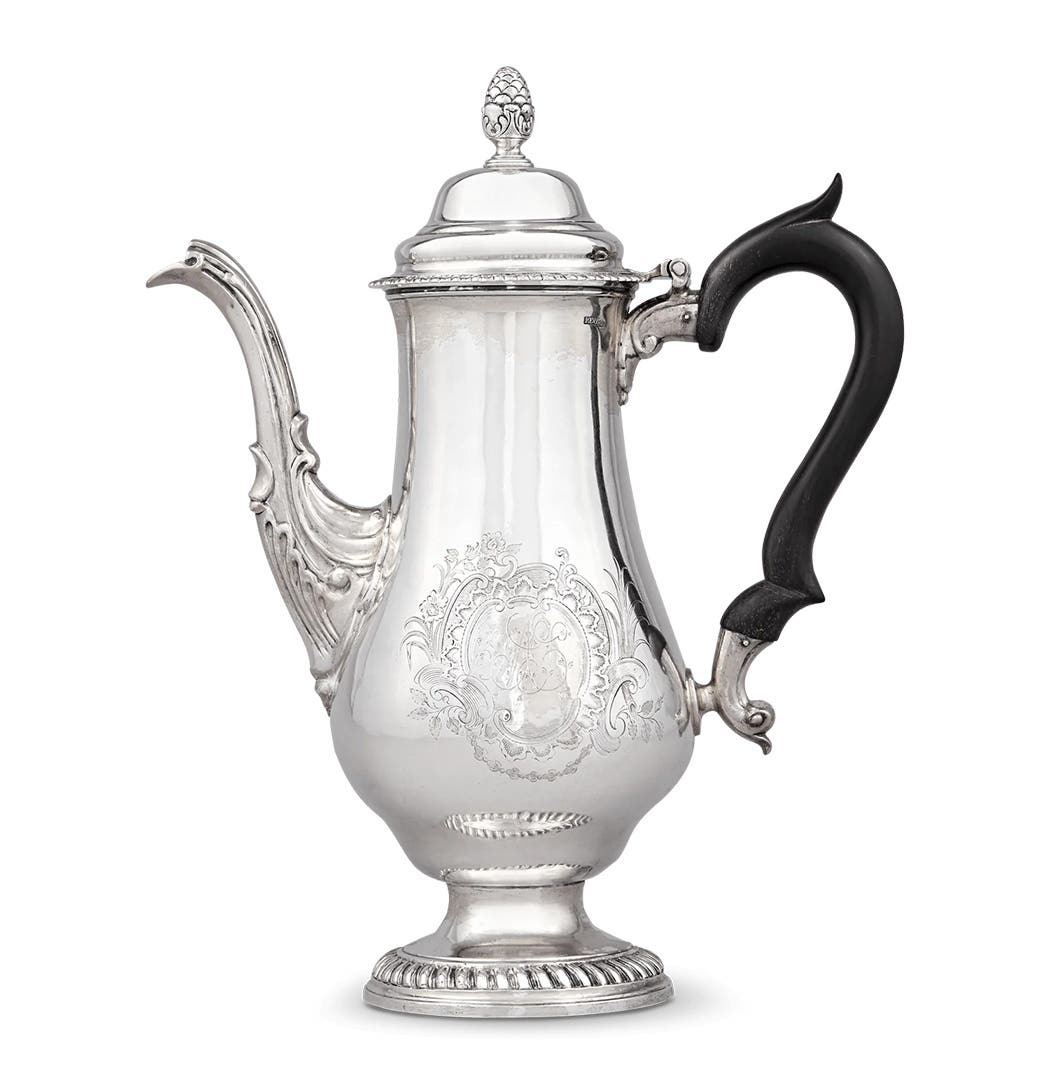Early pair of candlesticks prove to be a treasure
In a recent installment of the Ask the Experts column, Susan Mullikin congratulated a reader on owning a pair of 19th/early 20th century candlesticks.
Q Please help me. I have no idea what these are, or if they have value. I tried to look on eBay, but with no results.
The marks on the bottom of the woman candleholder include a 22 and a 29. The marks on the bottom of the man candleholder have a 23 and a 29 on it.
Unfortunately, we couldn’t get the marks to show up on a picture. Can you tell me anything about these?
— K.T.
Perry, Iowa
A Congratulations on being the caretaker of a lovely early pair of candlesticks. “Candlesticks” is the correct term, as you mentioned in your description, a term not even in dictionaries prior to 1960. You mentioned on the bottom of the woman candlestick a mark of 22 and 29, and on the bottom of the man a mark of 23 and 29. Without any other marks present, I would infer that your pair of candlesticks were made prior to 1891.
In 1890, the United States implemented the McKinley Tariff Act, which required that all wares exported to the United States carry a marking indicating their country of origin. You mentioned that you did not include a picture of the bottom of each candlestick since the markings would not show up clearly, though a picture of the bottom of each would have possibly helped to show the age of your candlesticks, if there was actual wear. Also, it would have helped to know if the marks were impressed into the porcelain or simply stamped on.
From the picture presented, I feel that your candlesticks were produced in the mid-19th century or earlier, in Staffordshire, England. This is based on the dainty petite point decorations, what the man and woman are wearing and the crude flower decorations encircling each candlestick. I thought it was interesting how the man and woman were each sitting in a barrel shaped seat. Without chips or cracks to any aspect of your candlesticks, and the fact that you have a pair, I would value the set conservatively at $300 to $350.
---------------------------------------------
Q The enclosed photo is a painting my stepfather gave me many years ago. I’m now 91 years old.
My stepfather was an officer in the Italian Army in WWI and WWII. He received this painting from his orderly, when he came to America (about 1970). He did not bring much with him when he came to America, but he brought this painting.
He never told me anything about it. But lately I’ve been wondering about it (it’s about time): Why bring this one painting and nothing else of value?
The name “Ruben” printed on the back makes me wonder, and the signature on the bottom is not of the same print. Thank you for your attention to this matter.
— R.C. Sr.
Las Vegas, Nevada
A The painting your stepfather gave you of a landscape scene with a river flowing though is a wonderful remembrance of him. And the fact that he brought if from Italy, in the 1970s, makes it that much more special. Unfortunately, after much research into the name “Ruben,” printed on the back of the painting, the only thing all the sources bring up is the famous Peter Paul Ruben, 1577-1640, a Flemish baroque painter. I’m curious as to the signature on the bottom of your painting, which you say is not of the same print, and what it is.
To precisely determine if your painting is an original and to determine correct signatures, I would take your painting to an art expert in your area who can see the painting up close. It feels as though your stepfather knew more about this painting than we do at this point, in order to have bought it to America. I feel when it’s examined up close more can be learned.




